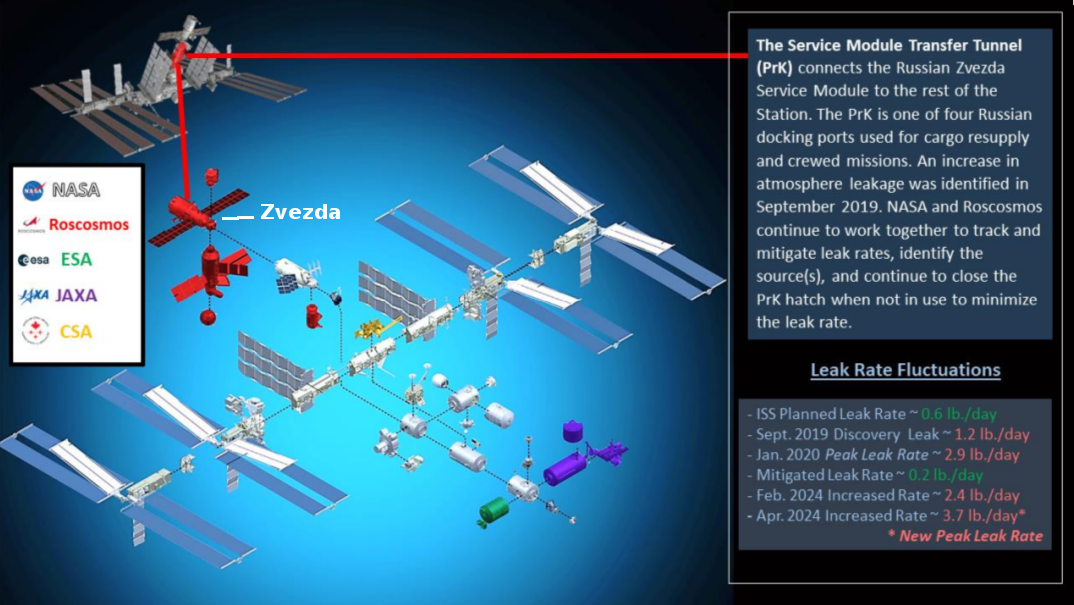Blue Origin links the first and second stages of New Glenn for the first time
After more than a decade of development and five years overdue, Blue Origin earlier this week finally intergrated the two stages of its New Glenn rocket in preparation for its first launch.
The picture to the right shows the rocket stacked horizontally in Blue Origin’s rocket facility in Florida.
The company still has to roll the rocket out to the launchpad, raise it to a vertical position, and conduct at least one dress rehearsal countdown ending in a short static fire test of the first stage’s seven BE-4 engines. At the moment the company is targeting a November launch.
New Glenn is expected to make its maiden flight sometime in November, taking off from Launch Complex 36 at Cape Canaveral Space Force Station, which is next door to KSC. The flight will carry one of the company’s new Blue Ring spacecraft on a National Security Space Launch certification flight known as DarkSky-1 and sponsored by the Defense Innovation Unit.
The original payload for this launch, two small NASA Mars orbiters, had been pulled because Blue Origin couldn’t get the rocket ready in time for its October launch window. Blue Ring is Blue Origin’s own orbital tug and satellite platform, and this flight is probably intended to get it certified for national security payloads.
The fast development of Blue Ring might give us a hint as to the changes to Blue Origin’s culture since Bezos replaced its previous CEO, Bob Smith, with Dave Limp in September 2023. Blue Ring was announced only one month later, and in just over a year it is now ready for its first launch. Such speedy development has not been the way at Blue Origin for years, if ever. If Limp has been able to instill that urgency across the entire company, then we shall some very exciting achievements from Blue Origin indeed in the next few years.
After more than a decade of development and five years overdue, Blue Origin earlier this week finally intergrated the two stages of its New Glenn rocket in preparation for its first launch.
The picture to the right shows the rocket stacked horizontally in Blue Origin’s rocket facility in Florida.
The company still has to roll the rocket out to the launchpad, raise it to a vertical position, and conduct at least one dress rehearsal countdown ending in a short static fire test of the first stage’s seven BE-4 engines. At the moment the company is targeting a November launch.
New Glenn is expected to make its maiden flight sometime in November, taking off from Launch Complex 36 at Cape Canaveral Space Force Station, which is next door to KSC. The flight will carry one of the company’s new Blue Ring spacecraft on a National Security Space Launch certification flight known as DarkSky-1 and sponsored by the Defense Innovation Unit.
The original payload for this launch, two small NASA Mars orbiters, had been pulled because Blue Origin couldn’t get the rocket ready in time for its October launch window. Blue Ring is Blue Origin’s own orbital tug and satellite platform, and this flight is probably intended to get it certified for national security payloads.
The fast development of Blue Ring might give us a hint as to the changes to Blue Origin’s culture since Bezos replaced its previous CEO, Bob Smith, with Dave Limp in September 2023. Blue Ring was announced only one month later, and in just over a year it is now ready for its first launch. Such speedy development has not been the way at Blue Origin for years, if ever. If Limp has been able to instill that urgency across the entire company, then we shall some very exciting achievements from Blue Origin indeed in the next few years.








